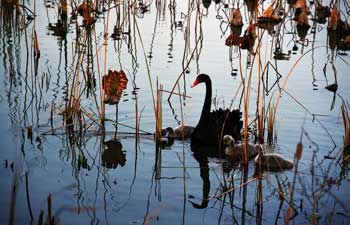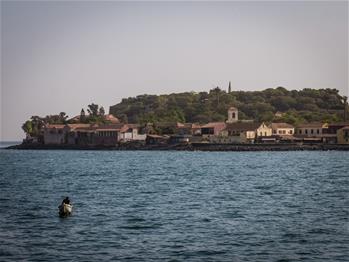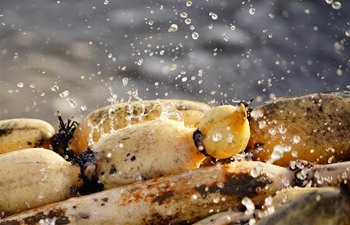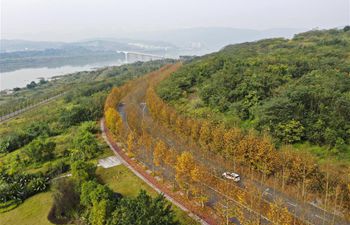MOGADISHU, Nov. 19 (Xinhua) -- The World Health Organization (WHO) said Tuesday it is seeking additional support of 1.38 million U.S. dollars to further scale up and sustain its current surge operations in the flood-affected districts of Somalia.
WHO said heavy rains in Somalia and Ethiopian highlands led to increased water levels in the rivers Shabelle and Juba, which has affected an estimated 539,888 people and led to the displacement of over 370,000 people, leaving 25 dead and 47 injured.
"We are planning to reach out to over 450,000 of the most affected population with essential and life-saving health interventions for the next three months," said Sk Md Mamunur Rahman Malik, WHO Representative for Somalia said in a statement.
Malik said as soon as the floodwater starts to recede, the next phase of WHO's emergency response operation will help restore and rehabilitate damaged and non-functional health services.
"Our priorities would continue to be to prevent avoidable mortality and morbidity due to flood-driven environmental health hazards and displacement," he added.
Recent flooding has plunged the Horn of Africa nation further into a deep humanitarian crisis, the UN health agency said.
According to the monitoring of the Somalia Water and Land Information Management, heavier and continuing rains are expected, which may lead to greater displacement.
Malik said WHO has scaled up its emergency health response operations in the affected districts to prevent epidemics and disease-related mortality.
The main focus of response efforts has been to improve access of the flood-affected vulnerable populations to emergency life-saving health interventions; support the deployment of rapid response teams, and enhance the EWARN surveillance system to monitor health threats, and replenish essential medical supplies for the provision of health care.
"So far, no deaths from communicable diseases have been reported from the flood-affected areas as a result of WHO and other health partners' intensified response operations," WHO said.
The floods were triggered by moderate to heavy Deyr seasonal rains that started early in September in many parts of Somalia and the Ethiopian Highlands, where the Juba and Shabelle rivers originate, according to the Food and Agriculture Organization of the United Nations (FAO)-Managed Somalia Water and Land Information Management (SWALIM).
It said entire reaches of the Juba and Shabelle rivers have seen high water levels resulting in flooding in Hirshabelle, Jubaland and southwest states.













